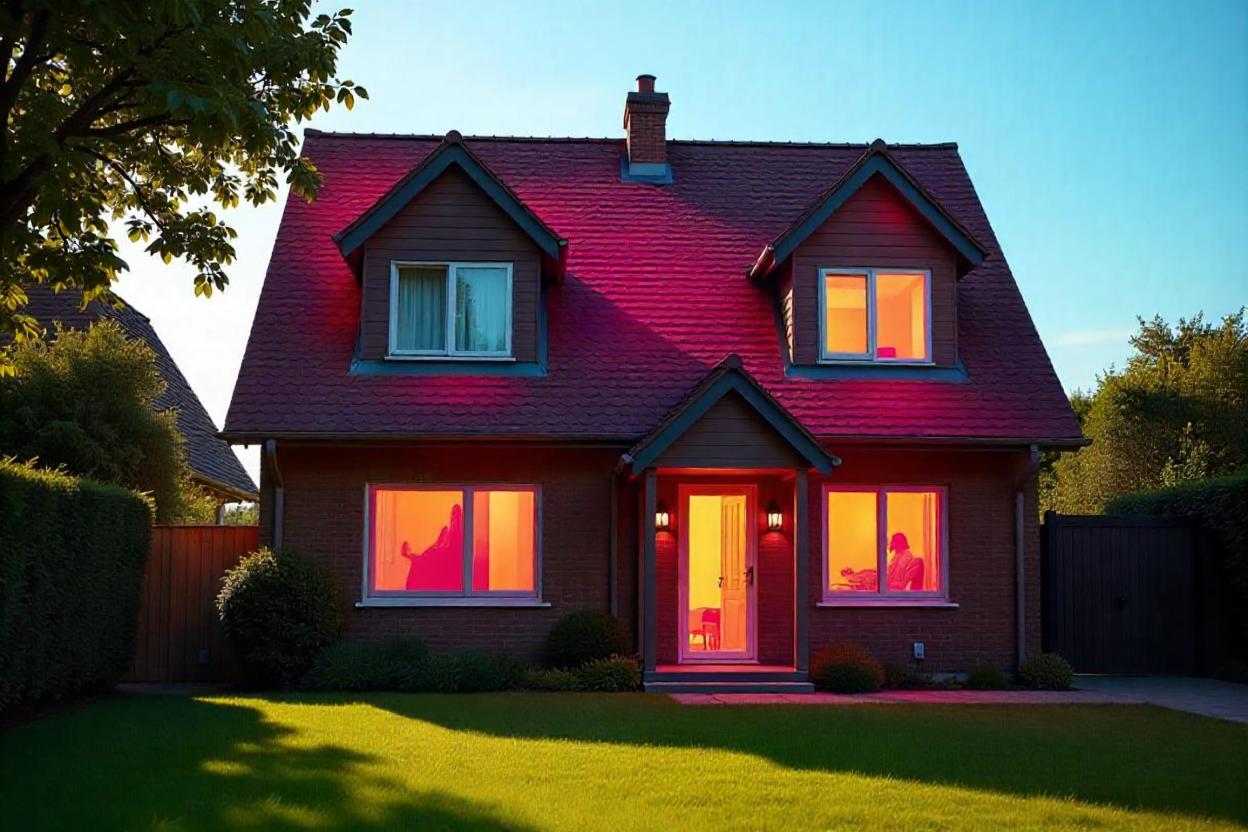What is TM59 Overheating Assessment and Do I Need It?
Discover what a tm59 overheating assessment involves, who needs it, and how it helps meet Part L building regulations. Avoid costly compliance issues today.

TM59 Overheating Assessment: What It Is and Why You Need It? Overheating in buildings isn’t just uncomfortable, it’s a growing health and legal concern. Climate change and airtight homes on the rise, overheating risks are skyrocketing across the UK. That’s where the TM59 Overheating Assessment comes in.
You’re working on a residential new-build or refurbishment, especially multi-occupancy housing, understanding TM59 is critical. This guide breaks down what it is, who needs it, how it works, and why skipping it could cost you in both comfort and compliance.
What is a TM59 Overheating Assessment?
TM59 is a CIBSE (Chartered Institution of Building Services Engineers) methodology designed to assess the risk of overheating in residential buildings. It’s the gold standard used to determine if a building will remain thermally comfortable during hot weather.
TM59 sets out criteria for acceptable internal temperatures using computer-based simulation models. It’s particularly important in homes with limited ventilation, high solar gains, or dense occupancy like flats or retirement housing.
Why Is It Important?
1. Compliance with Part L and Future Homes Standards
UK Building Regulations now demand better thermal performance and energy efficiency. TM59 helps demonstrate compliance with Approved Document O and Part L, especially in developments built to the Future Homes Standard.
2. Resident Health and Comfort
Excessive indoor heat isn't just unpleasant it poses health risks. Studies show indoor temperatures above 26°C can cause dehydration, disturbed sleep, and increased risk of cardiovascular events. The elderly, babies, and people with disabilities are especially vulnerable.
3. Planning and Funding Approval
Many councils require a TM59 report as part of planning submissions. For housing associations, it’s often mandatory to secure funding or meet BREEAM and Passivhaus criteria.
How Does a TM59 Assessment Work?
A dynamic simulation model (DSM) is used to analyse:
- Building layout and orientation
- Window sizes and shading
- Thermal mass and insulation
- Mechanical ventilation or cooling
- Weather patterns and occupancy rates
The results are measured against two benchmarks:
- Living areas must not exceed 26°C for more than 3% of occupied hours
- Bedrooms must not exceed 26°C for more than 1% of occupied hours between 10pm–7am
If your design fails the test? You may need to redesign aspects like glazing, ventilation, or shading to pass.
Who Needs a TM59 Assessment?
You’ll likely need one if your project includes:
- Flats or apartments
- Student or key worker accommodation
- Social housing schemes
- Sheltered or extra care homes
- Dwellings in urban, high-density areas
In short, if your building lacks natural cross-ventilation or is prone to heat build-up, a TM59 assessment is a smart and often required choice.
When Should You Get One?
Don’t leave it to the last minute. A TM59 assessment should be carried out during the design phase, preferably pre-planning or early RIBA Stage 3. This gives architects and M&E consultants time to tweak designs if thermal comfort thresholds aren’t met.
What Happens If You Skip It?
- Planning rejection or delay
- Costly redesigns late in the build
- Non-compliance with Part O regulations
- Poor EPC ratings
- Unhappy residents and overheating complaints
Let’s be blunt: it’s far cheaper to design for overheating early than retrofit later.
Gradwell Group: Helping You Stay Cool and Compliant
At Gradwell Group, we specialise in TM59 Overheating Assessments tailored to your project. Our experienced consultants use industry-leading modelling tools and real-world design insight to help you:
- Pass first time
- Avoid planning delays
- Meet funding requirements
- Futureproof your building against climate change
Explore our TM59 Overheating Assessment Services
TM59 Assessment FAQs
1: Is TM59 a legal requirement?
A: It’s not law, but it’s the recognised method to meet Building Regulation Part O and local planning rules.
2: How long does a TM59 report take?
A: Usually 1–2 weeks, depending on the complexity of your design.
3: Can I fail a TM59 assessment?
A: Yes. But most issues can be fixed with passive design changes or minor layout tweaks.
4: What’s the difference between TM59 and TM52?
A: TM59 is for residential buildings. TM52 applies to commercial buildings like offices or schools.
Final Thoughts
Overheating becoming a year-round problem, TM59 assessments are no longer a ‘nice-to-have’ they’re a must. If you’re developing or designing residential spaces in the UK, understanding TM59 could save you time, money, and future complaints.
Need help with TM59 Overheating Assessments? Get in touch with Gradwell Group today and let’s keep your buildings smart, sustainable and safe.
.svg)









